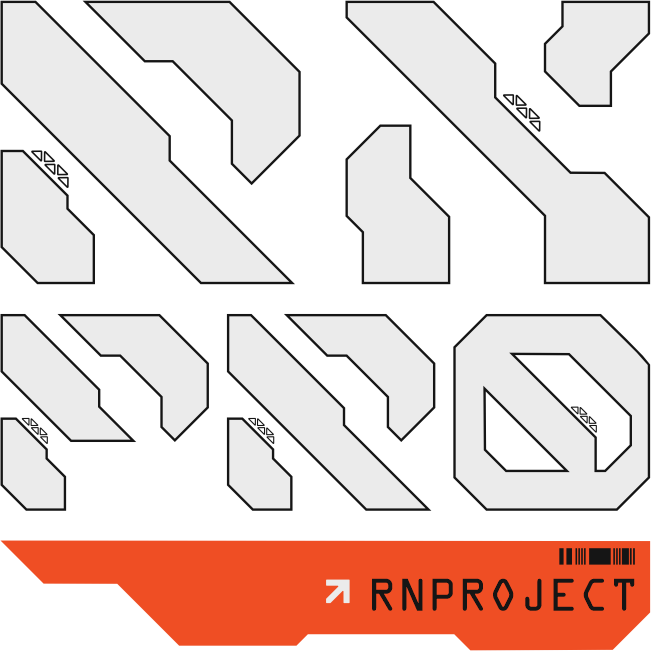For example, if the software program closely relies on advanced algorithms, measuring defect density based on strains of code may not precisely characterize its quality. In such cases, utilizing a metric that considers the complexity and functionality of the software, corresponding to function points, can yield extra significant outcomes. When it comes to measuring defect density, organizations often encounter quite so much of frequent pitfalls that may hinder the accuracy of their analysis. One such pitfall is the inconsistent or incomplete recording of defects.

Defect density is usually expressed as defects per line of code (DPL), defects per perform level (DPFP), or defects per module (DPM). Each of these measures has its own advantages and limitations, and the choice of which one to make use of is determined by the specific needs and objectives of the software program development project. The quality of any software program is estimated by the number of defects reported during its lifetime. A software with a really small number of defects is considered to be a good high quality software whereas the one with a giant number of defects is thought to be dangerous high quality software.
A Regular For Defect Density
This could be done by counting the number of traces of code, perform points, or modules, depending on the chosen metric for defect density calculation. Accurately measuring the dimensions of the software is necessary for acquiring precise defect density figures. The first step in calculating defect density is to identify and doc all the defects found during testing or manufacturing. This consists of each defect density practical and non-functional issues that impression the standard, stability, and reliability of the software program. It is crucial to guarantee that all defects are properly logged and categorized to keep away from any inaccuracies in the calculation course of. Every software program is assessed for high quality, scalability, performance, security, and performance, as nicely as other essential components.

The dimension of the element might be used because the denominator in the calculation. However, there is not any fixed standard for bug density, studies counsel that one Defect per thousand strains of code is generally thought of as an indication of excellent project high quality. In Manufacturing business, the Defect Density is calculated because the variety of defective units of a product produced in opposition to the total variety of units manufactured. Even it helps in predicting the amount of testing that might be sufficient and defect corrections that could be required in future software program developments.
Insights
Its value can be a issue to decide ‘whether the software program or module must be released or not and is it capable of provide seamless user experience and satisfy their needs? Defect density is a measure to track the progress, productiveness and high quality of the software program. It additionally helps in analyzing ‘how efficient the testing course of is in detecting defects and the amount of testing essential to undertake? Sometimes, the numbers might not show the proper image, so keep in mind to use them in context. Every yr, Brainhub helps 750,000+ founders, leaders and software program engineers make good tech selections. We earn that belief by openly sharing our insights based on sensible software program engineering experience.
- The resulting value can be utilized to assess the quality of the software program product and determine areas that require improvement.
- Its worth is often a issue to determine ‘whether the software program or module ought to be released or not and is it able to provide seamless consumer experience and fulfill their needs?
- Finally, defect density permits organizations to trace and monitor the effectiveness of software growth processes and quality enchancment initiatives over time.
- Additionally, evaluating defect density throughout completely different software elements or projects might help in benchmarking and identifying areas of enchancment.
- Unit testing includes testing particular person elements in isolation to catch defects early.
By monitoring the defect density over time, organizations can identify developments and patterns, permitting them to make data-driven selections relating to releasing new options or updates. This data-driven approach enhances the software’s general high quality and improves customer satisfaction and loyalty. Defect density, also referred to as fault density, measures the variety of defects or bugs in a software utility or system per unit of size. It represents software high quality and is an important indicator of potential points affecting efficiency. A high defect density suggests the next probability of encountering bugs, while a lower defect density indicates higher software quality. When the number of defects per unit of size decreases, it indicates that the software has fewer bugs or points.
Accurate defect density evaluation becomes an achievable aim by constantly striving for improvement and adapting to the specific wants of the software and organization. Customer satisfaction metrics, such as Net Promoter Score (NPS) or Customer Satisfaction Index (CSI), present a holistic view of how users understand your software program. These metrics are primarily based on consumer feedback and surveys, permitting you to know person satisfaction, loyalty, and perception https://www.globalcloudteam.com/ of high quality. While defect density focuses on inner measurements, customer satisfaction metrics present an external perspective. Defect rely simply measures the whole number of defects in a software program element with out contemplating its measurement. Compared to defect density, defect depend focuses on amount and would not bear in mind the size of the part.
Tips On How To Measure Defect Density?
Unlike defect density, MTTR focuses on the velocity of resolving issues rather than their amount or impact. MTTR is especially useful when the time taken to repair defects is a crucial factor, such as in time-sensitive projects or when fast bug resolution is a key objective. Defect severity distribution categorizes defects based on their impression and severity levels, corresponding to important, major, minor, or cosmetic. It offers a breakdown of defects by severity, allowing your team to prioritize their efforts based mostly on the potential impact on customers and system functionality. This alternative metric complements defect density by considering the severity of defects. Higher defect density typically results in increased costs because of bug fixing, troubleshooting, and rework.
This comparative analysis helps set sensible targets and expectations for high quality assurance groups and ensures that the developed software meets or exceeds trade requirements. Implementing common training classes for staff members on successfully using defect density instruments can additional improve the accuracy and effectivity of defect measurement processes. Organizations can optimize their defect density measurement practices by fostering a culture of steady learning and enchancment and drive software quality to new heights. Monitoring defect density may additionally be a benchmarking tool for evaluating the quality of different software releases or variations.
As a consequence, it’s critical to grasp the parts that lead to a profitable outcome. Before starting this procedure, builders and the testing team must arrange all of the essential circumstances. This permits builders to precisely track the impacted areas, resulting in very correct findings. In abstract, Defect Density is a key indicator of the standard of semiconductor manufacturing processes.
This information can then be used to prioritize bug fixes, allocate sources successfully, and enhance overall software improvement processes. Secondly, defect density helps establish areas of the codebase that require additional consideration. By analyzing the defect density at different levels, similar to strains of code or modules, development teams can pinpoint the specific areas which would possibly be more vulnerable to defects. This data permits them to allocate resources strategically, specializing in the areas that need the most attention and ensuring that the software product is of excessive quality.
A lower defect density signifies better growth practices ensuing in the team delivering greater software program quality and better user expertise. Establishing clear processes and tips is essential when using defect density instruments. These embrace defining defects’ classes and severity levels, making certain consistent recording and monitoring of issues, and frequently reviewing the collected information for actionable insights. For occasion, a tech startup developing a cell banking utility might observe a high defect density associated to transaction processing. By addressing these defects promptly, the corporate can make certain the application’s reliability and security, thereby enhancing buyer trust and person satisfaction. For example, if a module has 50 defects and consists of 5000 traces of code, the defect density could be 50 divided by 5000, leading to zero.01 defects per line of code.
Without correctly quantifying the number of defects in relation to the size of a software component, groups aren’t in a position to establish areas that want enchancment. This can lead to increased buyer dissatisfaction, greater costs because of unaddressed defects, and a scarcity of concentrate on bettering software program reliability and consumer expertise. By following these steps and often calculating defect density, growth groups can gain valuable insights into the quality of their software merchandise.
Monitoring defect density also can result in a better understanding of the root causes behind the recurring defects. This information can be utilized to improve the event process, establish training wants for the event team, and implement simpler high quality assurance practices. By constantly learning from and addressing the defects, organizations can establish a culture of steady improvement and ship higher-quality products to their customers.
In this complete information, we’ll explore the concept of defect density, its calculation, benefits, challenges, measurement instruments, and future implications. A expert development group understands the importance of code high quality and follows greatest practices to minimize defects. They are proficient in utilizing debugging instruments, writing clean and maintainable code, and conducting thorough testing.
Elements Affecting Defect Density
As you navigate the complexities of software program development and strive to hold up impeccable high quality requirements, don’t let cybersecurity vulnerabilities undermine your efforts. Blue Goat Cyber, a Veteran-Owned business, is dedicated to offering top-tier B2B cybersecurity providers. Contact us right now for cybersecurity help and associate with a group as enthusiastic about defending your business as you’re about growing it.
